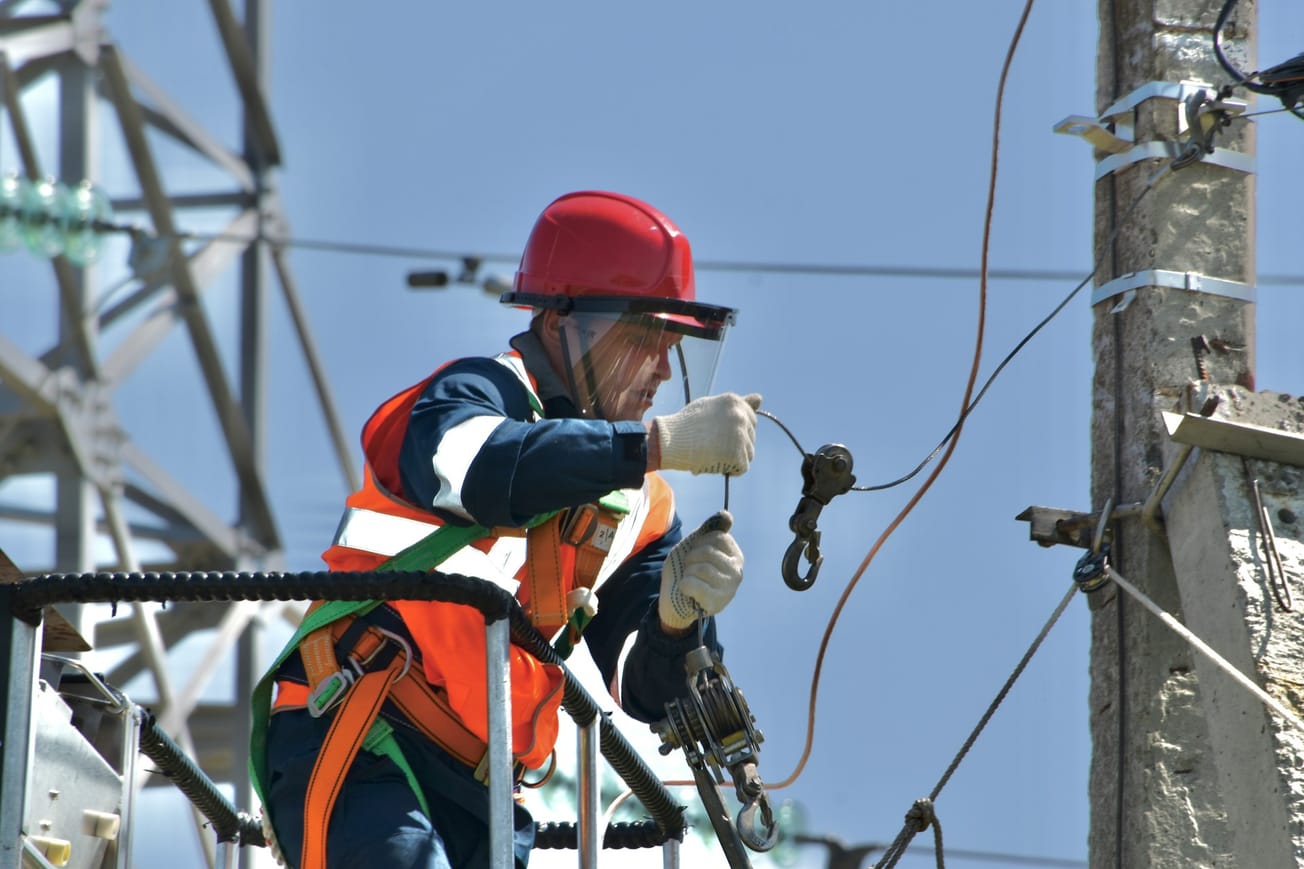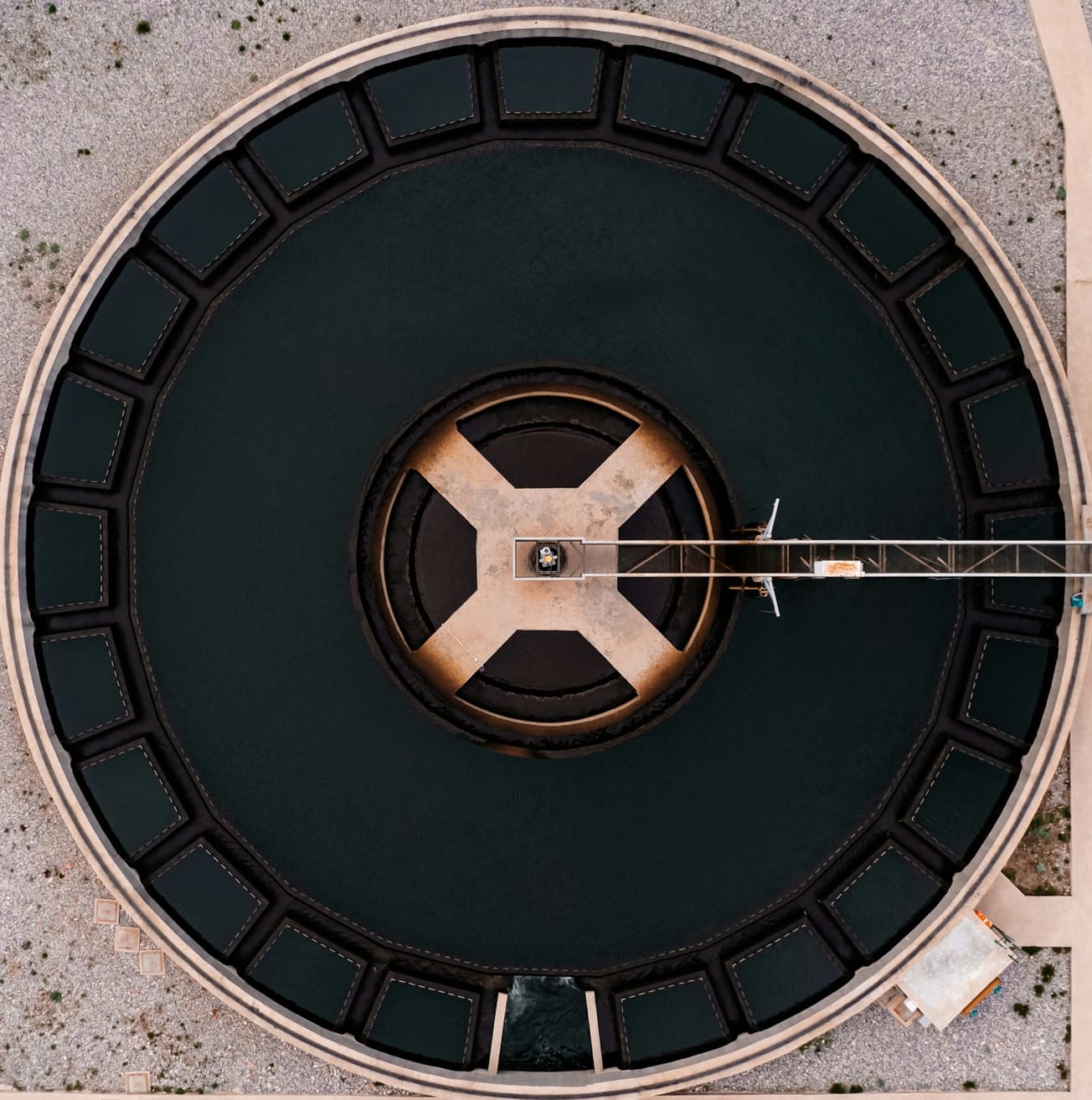When a water company customer complains that their taps have run dry, it’s fair to assume they’ll be frustrated about the – hopefully - temporary inconvenience.
But that frustration may be exacerbated by a range of other issues, at least in the UK, such as sewage discharges into local waterways, and of course, rising bills.
So, when a frontline technician is called out to an incident, it’s important that they’re not just able to diagnose and fix the problem quickly, but that they’re seen to be doing so.
But a technician turning up at a leak or burst main doesn’t just start digging to find the problem, explains Andy Smith, head of smart water at Anglian Water, the utility company covering the East of England.
Traditionally, they would have had a mobile device showing the firm’s works management system and a GIS. This would give them a static view of the network – all 38,000 kilometres of it. This would “basically tell them where it is, what size it is, where the valves are.”
See also: Utilities splash cash to get OT security in order as new "e-CAF" regime shakes up sector
But working out what to do next would often mean coordinating with a “hydraulic modeler” back at base, combined with the field op’s own “local knowledge”.
The problem is hydraulic modelling is a very niche skill, senior optimization engineer Gary Copeman explains.
“The technician is waiting for the modeler to find the right model, do the modelling, identify what valves they need to operate, etc. And what the impact of that shutdown is.”
Digging after the data
In the meantime, a customer might be looking out their window to see water is gushing down the street, while, as far as they can see, the technician is sat in their van on the phone or tapping a tablet or laptop.
So, evolving a more dynamic view of what is happening underground is essential to speed up repairs and keep customers happy.
In Anglian’s case, it turned to Qatium, a Spanish-based water management platform which allows utilities to quickly develop digital twins of their networks and build their own tooling on top. It also allows technicians to use a mobile device to access hydraulic models via a browser.
“It will also run simulations to tell them what the pressure should be, so they can take pressure readings, compare one against the other and see if there's a significant difference,” explains Copeman.
This can be done using existing models, or live data from sensors embedded in the network to produce almost real-time models. This means frontline staff and those back at base see the same thing.
As well as finding the problem more easily, it helps technicians work through the implications of shutting down valves to isolate given sections. This will inform how far things might need to be escalated. If many downstream customers are going to lose service, for example, the company might need to bring in bottled water, or a bowser.
The system can also inform planned work and routine maintenance, which can be a real pinch point for Anglian. “Keeping our network clean and flushing activities traditionally would go to a highly skilled modeler," says Smith. "What we're saying is that the frontline teams can actually plan that activity themselves.”
Read this: Potemkin security standards propping up "insecure by design" OT
Meanwhile, says Copeman, “It takes some of those mundane tasks away from the experienced hydraulic modelers so they can focus on the more valuable, tactical project type work, which can produce value for the company.”
In the UK at least, one of the big problems for firms like Anglian is sewage and wastewater. But modelling waste is much more complex, Smith explains.
With supply, “What you're talking about is a fully pressurized pipe. When you get into partially filled pipes or not under pressure, it's much, much harder to do.” And there are more variables such as open channels in addition to the pump and gravity systems that are also involved in supply.
This is reflected in the resources needed to model sewage. “So, the computing power to run a simulation is phenomenal.”
The models themselves are run in the cloud.
Running a supply model can take minutes says Copeman. But “A simulation on a wastewater catchment system, … will typically be run overnight and will take several hours to do. That gives you an indication of the amount of processing required to give you a full simulation over a period of time.”
This only works if those systems are running the right data, of course. The company has invested heavily in sensors, with over 8000 in its network now. It has also developed a “data core” strategy, says Smith, “Where we're bringing all of our OT data in and actually managing it, structuring it properly.”
This means OT and IT working together far more closely, Smith says. “And I think this is absolutely the key going forward. This enables us to actually look at our future operating model.”
The people pipeline
And that helps it manage yet another pipeline issue, says Smith. “How do we attract the next generation of network technicians into our organization?” Afterall, the water industry, like many sectors is facing an aging workforce.
And as technicians retire, it’s not just their formal skills that the company loses, but that knowledge of local peculiarities gained by years of being out in the field.
“The younger people joining our organization want these types of tools, they interact with them much better,” says Smith.
“So how we transition over the next few years and how we shape our future operating model has to be based on digital and data and creating different capabilities within the organization.”
This all might seem irrelevant to the customer with empty taps. But it’s the data flow today that will keep their water flowing into the future. And, hopefully, free up staff and resources to tackle all those other issues as well.







